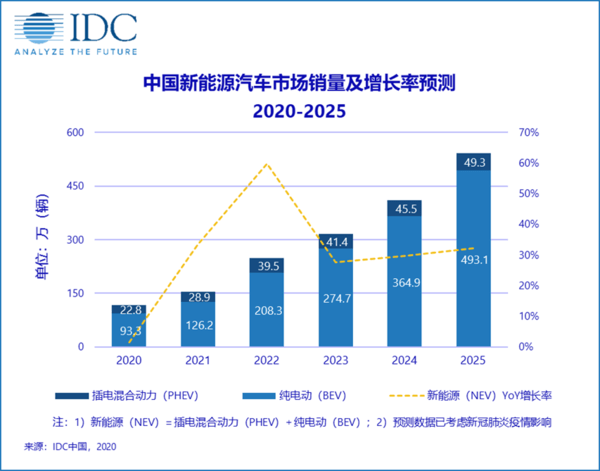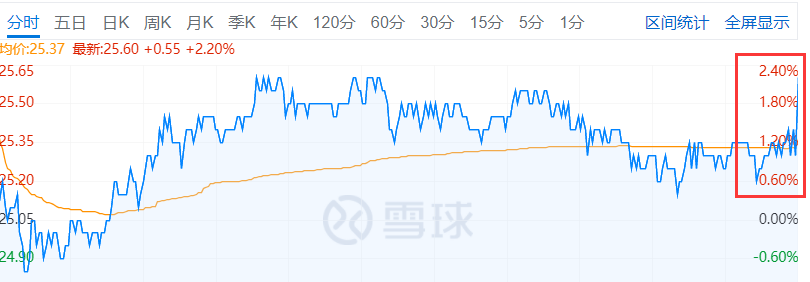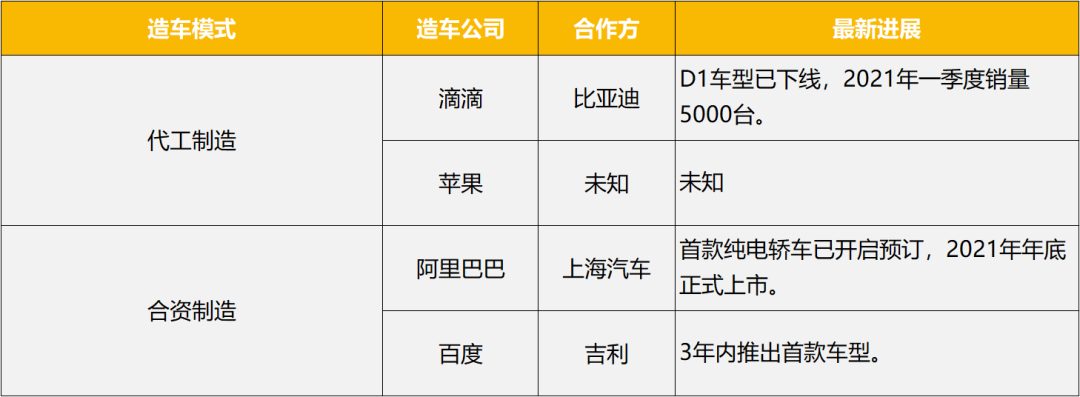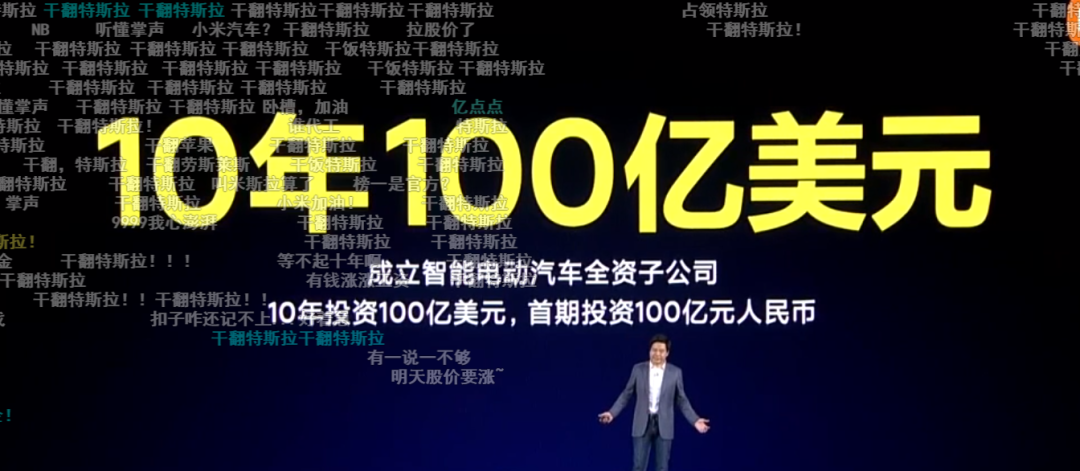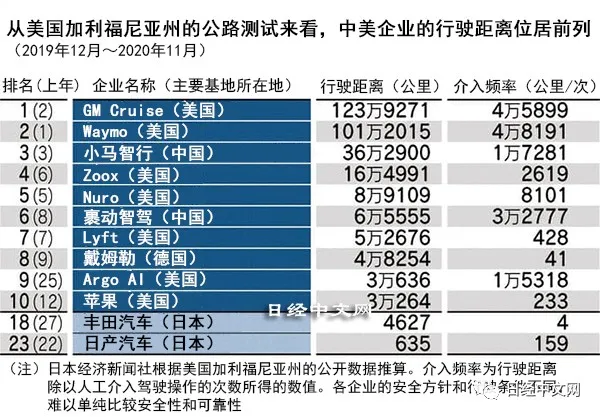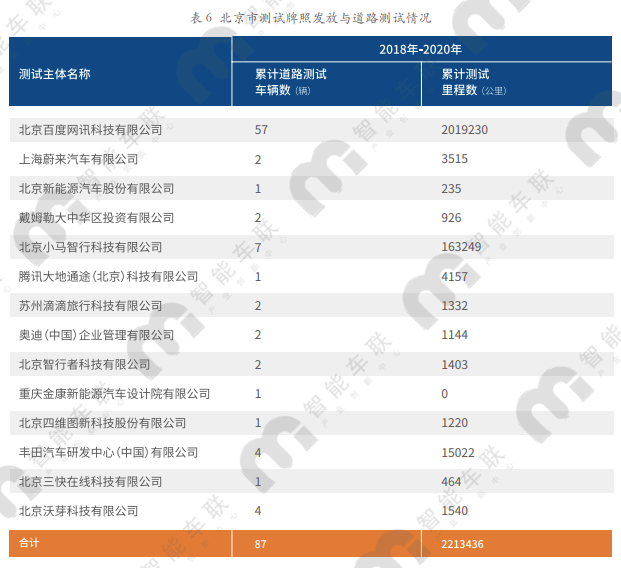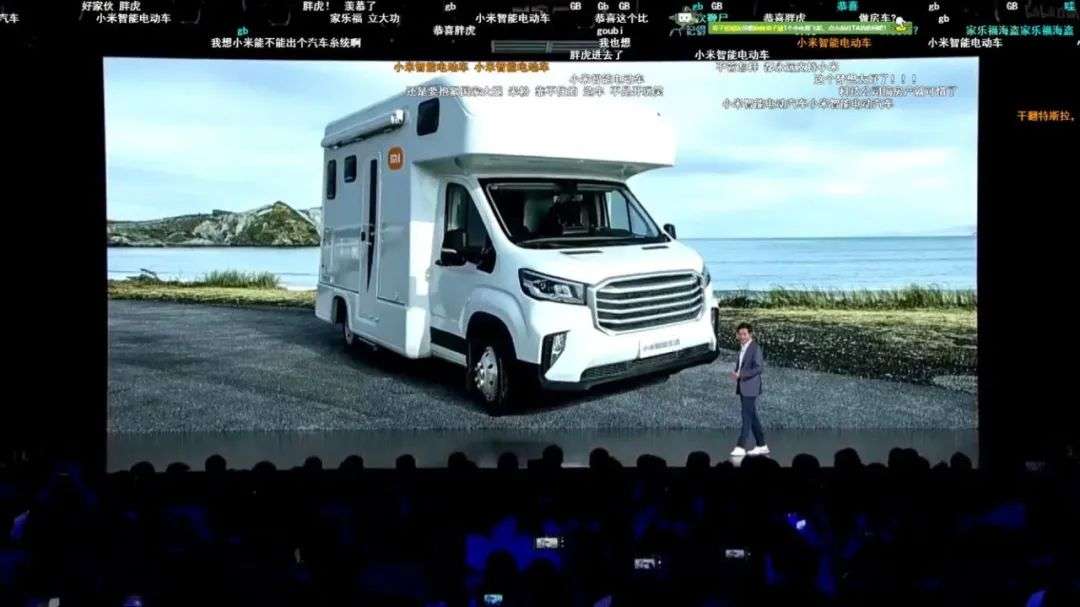Will the market welcome this new friend with open arms?
Editor’s note: This article from the micro-channel public number “light amplification” (ID: guokr233), of: four.
“Anything that says Xiaomi wants to build a car is fake news.” The golden rule offered by Xiaomi officials suddenly became invalid.
On March 30th, detailed information about Xiaomi’s car manufacturing was exposed again. Xiaomi’s stock price, which was mediocre, rose in an instant in late trading, with an increase of 2.2%. As soon as the Hong Kong stock market closed, Xiaomi issued an announcement saying “Smart Electric Vehicle Business Project“, which is tantamount to confirming the rumors that “Lei Jun is in charge and Xiaomi builds a car” since the end of February-it really became a fake Yes, the fake has become true. From breaking the news to repeatedly refuting the rumors and then to the official confirmation, Xiaomi has been coy for more than a month.
Those who think that “the end of the Internet is nightclubs (hormonal social) and loan sharks (P2P or financial lending)”, they probably never expected that they can drive next.
Four people丨The author Yimeng丨Editor’s magnifying light team丨Planning
Lei Jun is in command, no suspense; Wang Chuan executes it, reasonable; first sprinkle tens of billions of water, the artificial intelligence team opens the way, the Internet car industry is standard; digs corners to work together, normal operation… car manufacturers should have , Xiaomi has. At the “Xiaomi Spring Conference” on the evening of March 30, Lei Jun also specifically introduced Xiaomi’s plans to build cars.
But wait a minute, will the market welcome this new friend with open arms? Although Lei Jun claims to do his best to build a car, in front of peers such as Apple, Baidu, Ali, Didi, etc., is Xiaomi’s timing, form, cost, and positioning superior?
If you don’t want to make it, you have to make it
Picture Source丨Xiaomi Press Conference
If you say what are the characteristics of new energy vehicles, it should be the rapid growth of this industry, the market environment is expected to be very optimistic. For Xiaomi, cutting into it is also a reasonable attempt by the company to find a new path for the next stage of development after AIoT.
According to IDC’s forecast, driven by policies, China’s new energy vehicle market will usher in strong growth in the next 5 years. The compound annual growth rate (CAGR) from 2020 to 2025 will reach 36.1%, and overall sales are expected to be in 2025. Reached 5.42 million vehicles, the market size can reach trillions [1], in sharp contrast with the continuous shrinking sales of the overall passenger car market [2].
No company will be indifferent to such an incremental market-even if it can get a 5% market share, it will be enough to support a company’s rapid growth in the next few years.
What’s more, now that “cross-border car building” is irreversible, Huawei, BAT, Apple, Sony and even Foxconn have all begun to enter the electric car industry in various ways and plan their own car-making plans. In contrast, Xiaomi is even somewhat “slow to respond.”
The reason is also very simple: There are many voices on the market today, and smart electric vehicles are regarded as the next traffic entrance after smart phones.
As a product of the combination of “industrial technology” and “digital technology”, smart electric vehicles have become a bridge between the two eras. Traditional industries can connect themselves to the Internet space, while the Internet The company has also found a carrier for technology landing, and even a platform to undertake more mature artificial intelligence and 5G technologies in the future. This happens to be an area where Xiaomi, which has a well-developed AIoT business, is better at, that is, to intelligentize traditional scenarios. Perhaps the company’s existing business experience will play a positive role in the car manufacturing business and help the company avoid detours.
Xiaomi would not want to lose such an opportunity. Even if the market turns out to be not good enough, it would rather get on a broken ship than miss it.
In addition, the slogan “Building a car” itself is also one of the most popular concepts in the current capital market. It is an excellent tool for listed companies to bring positive expectations to the market and drive stock prices for market value management. No matter which company announces to build a car,Enough to cause a stir in the market.
In February of this year, there were rumors of Xiaomi making cars flowing out of the market, which subsequently drove the stock price to rise in a straight line, once rising by more than 10%. After the news of car manufacturing at the end of the day was finally confirmed on the 30th, the company’s stock price rose wildly within a few minutes.
Picture Source丨Snowball
The other reason why the Internet is involved in car building is technology.
An employee of an Internet car company told the Zoom Light team that “autonomous driving technology” is one of the biggest selling points of Internet cars, but it requires the cooperation of hardware from car companies, which creates two problems: First, traditional cars Companies are also experimenting with autonomous driving technology. It is hard to say whether they can take other technologies seriously; secondly, even if traditional car companies are willing to develop road test models for Internet companies, the cost of communication and time is too high, which reduces the R&D efficiency of both parties.
This means that if Internet companies want to implement their autonomous driving solutions in traditional car companies, they must first have their own cars.
Furthermore, the future prospects are good, and the company’s valuation is good. Since building a car is such a great business, wouldn’t it be wonderful to end up making money in person?
Next, the next question facing Xiaomi is: how to make it?
Foundry or self-produced? This is a problem
At present, there are roughly three modes for technology companies to build cars, including OEM, joint venture, and self-production.
One category is OEM cars represented by Didi and Apple. However, the foundries of the two are slightly different. Didi is purely customized and requires car companies to do more work; while Apple may have to go deeper in design and engineering, and car companies will only take care of production.
Like most new car-making forces, this car-making model borrows the technology and production lines of traditional car companies, which not only guarantees cost and quality, but also quickly realizes large-scale mass production. On November 16, 2020, Cheng Wei released a newThe energy vehicle D1 was produced by BYD.
The advantage of Didi is its huge online car-hailing data. According to Yang Jun, vice president of Didi Chuxing and chief product officer of D1, D1 data comes from the actual experience of Didi users. This is a highly pragmatic route to build a car. You don’t see any driverless work, but it can be built quickly and quickly provide tangible value: making drivers and passengers more Comfortable, making online car-hailing more efficient. [3]
Apple, the leader in the smart phone industry, secretly plans to build a car-just like making a mobile phone, it finds someone to help with the foundry, but it is estimated that Apple will do the design work.
Since 2014, there have been rumors that Apple will produce cars. Until January 2021, more and more news about Apple making cars, Hyundai, Nissan, and even Foxconn have become Apple’s “scandals”[4]. Although these companies have denied that, it does not prevent people from speculating that Apple has made cars. The passion of the car.
Unlike Didi’s custom car model, companies such as Alibaba and Baidu have chosen to jointly establish companies with car companies to build cars.
On November 26, 2020, Alibaba, SAIC and Pudong New Area jointly established Zhiji Automobile; on March 2, 2021, Baidu and Geely Automobile jointly established Jidu Automobile.
Although the production lines of traditional car companies are still borrowed, joint funding to establish a car company means that Internet companies are more involved and have more voice-Alibaba holds 18% of Zhiji Auto’s shares, while Baidu It holds 55% of shares in Jidu Automobile.
However, this model of car manufacturing also places high demands on Internet companies: car companies have contributed technology and separated production capacity, and Internet companies must also be able to come up with real technology to provide vehicles with competitiveness.
The advantages of Alibaba are Dharma Academy and Alibaba Cloud. Zhiji Auto can use the data generated when the owner uses the car to promote car iteration [5]; while Baidu has a complete L4 level autopilot technology, and has already conducted road tests in Changsha, Cangzhou, Beijing and other places.
Finally, we built our own factories and cars. Tesla and Weimar Motors have taken this route-heavier assets and more autonomous.
Xiaomi Auto is generally inseparable from these routes, but Lei Jun claims that Xiaomi Auto will be a wholly-owned subsidiary without external financing. How Xiaomi will build the car has become a suspense of two options: the joint venture is out of play, then OEM Or build your own factory?
Many people think that cars will be like mobile phones. Some companies will be full-time OEMs. Current news also points to Xiaomi’s OEM model. Foreign media information has stated that Xiaomi will outsource the assembly work. Just a few days before the official announcement of the production of the car, there was also news that Xiaomi had joined hands with Great Wall Motors.Xu Jieyun, the former general manager of the group’s public relations department, refuted it as “completely nonsense fake news.”
Xiaomi did not disclose the partner at the official announcement of the car production conference.
But after all, OEMs have no interest binding. Other Internet companies have chosen to form joint ventures with car companies, and “new forces” have also had relatively stable interest relationships with traditional car companies (for example, Jianghuai and Weilai established a joint venture company). ), in the end, the car company that produced Xiaomi’s OEM may only make a lot of hard money.
This is an unstable factor, and the problem with Xiaomi’s car building does not stop there——
What does Xiaomi rely on to catch up with the “old car-building forces”?
Building a car is an important thing, an important thing. Perhaps for the sake of atmosphere, Lei Jun even took out an RV at the press conference to make fun of-the ability of Xiaomi’s AIoT, forcibly combined with the car, can also cause wonderful chemical reactions. But if you actually build a smart electric car, the problem that Xiaomi needs to face is not a joke that can be resolved.
First of all, it is a matter of time. It must be admitted that Xiaomi is a latecomer to build cars and needs a specific way to complete the surpass. The electric era has given new forces an excellent opportunity to surpass traditional car companies, but they are also electric players. Why does Xiaomi surpass the “electric old forces”?
It is optimistically estimated that Xiaomi, which has built cars from scratch, will take 3 years to launch the first mass-produced model——
– It took 5 years for Tesla to build the Roadster, the first mass-produced car (Model S is 9 years after the company was founded);
– Weilai ES8, 3 years;
– Xiaopeng G3, more than 4 years…
Even if Xiaomi has already done some research on car building, the issue of time is still the primary pressure for Xiaomi to build cars: now, traditional car companies such as Volkswagen have launched new cars with pure electric architecture, and products from “new forces” such as Weilai Maturity and capacity expansion are also predictable.
At that time, Xiaomi will face a dumpling-like new energy vehicle market. Can this problem be solved with money?
The second issue is funding. Even if Xiaomi claims that 10 billion U.S. dollars will be invested in 10 years, Weilai will almost complete this figure in 2020. According to foreign media statistics, the total amount of financing of Weilai, which was established in 2014, has exceeded 9.6 billion U.S. dollars. Among them, 6.11 billion will be raised in 2020 aloneUS dollars; Xiaopeng’s total financing has reached 7.7 billion US dollars; even if the traditional car companies are converting to new energy sources, BYD will also raise 4 billion US dollars in 2020 for the manufacture of electric vehicles and smart cars.
Is the Xiaomi car that announced that it will not be financing enough to burn? Looking at these new energy predecessors, even if the money goes in, they still have to rely on the Dongfeng of the times to challenge traditional car companies and establish a foothold in the new energy market.
Three to five years have passed, and the same money may not be enough.
The third issue is autonomous driving. To build future-oriented electric vehicles, autonomous driving must be done; but Xiaomi’s accumulation of autonomous driving also faces the situation that it cannot keep up with the large forces.
After the news of Xiaomi’s car making, someone discovered that Xiaomi has applied for about 800 patents in the automotive field. Tencent Technology reviewed these patents and found that although there are patents related to autonomous driving, they are “not too hard-core”. [6], such as determining the speed limit according to the location of the vehicle, identifying pedestrians or automatically adjusting the volume of the whistle, etc.; and the patents in the user experience and in-vehicle intelligence fields are relatively interesting.
In addition to patents, there is also test data accumulation that reflects the level of autonomous driving. Nikkei Chinese.com has calculated the mileage of road tests in California from December 2019 to November 2020. Among them, only Pony Zhixing has entered the top 10.
The road test distance and frequency of intervention announced by California are important indicators for judging the competitiveness of global autonomous driving companies. In previous lists, Chinese companies such as Baidu have also appeared, but in 2020, affected by the epidemic, many companies The road test in the United States was suspended.
Picture Source丨Nikkei Chinese Website [7]
On the roads in China, according to the “Beijing Autonomous Vehicle Road Test Report (2020)”, Beijing issued unmanned driving test licenses for 87 vehicles of 14 companies, and they traveled 2.2 million kilometers in total. Baidu monopolizes 2 million kilometers. There are also Weilai, Tencent, Didi, and Meituan on this list, but there is no name for the Beijing company, Xiaomi.
Zhongguancun Zhitong Intelligent Transportation Industry Alliance, Beijing Intelligent Vehicle Industry Innovation Center “Beijing Autonomous Vehicle Road Test Report (2020)”[8]
These data are not good news for Xiaomi: it takes time to build a car, and it takes time to build autonomous driving technology and data. But Xiaomi may have another way: The fine tradition of Xiaomi’s “ecological chain”, investment.
If you look at the investment of Xiaomi and Shunwei Capital in the field of autonomous driving, of course, you can find autonomous driving concept companies: Momenta, Zhixingzhe two autonomous driving technology developers, of which Momenta also In March of this year, it received 500 million US dollars invested in traditional automobile fields such as SAIC, Toyota, and Bosch; NIO and Xiaopeng are also “Xiaomi” new energy car companies.
When Xiaomi builds a car, it may not “re-create wheels” for autonomous driving. It is also a purchase to build a mobile phone, and to build a car is to buy it. Xiaomi may have to go back to the road of Xiaomi mobile phones. But in the future auto market, autonomous driving capability is certainly one of the core competitiveness. You can buy it, but other car companies can’t buy it? The self-developed ones may bring stronger competitiveness.
Finally, it’s whether Xiaomi’s IoT capabilities are useful for cars-this is a false proposition with high probability.
Although automakers are reluctant to give up this screen on the car, they hope it will carry more content. Some analysts believe that Apple’s Carplay ecosystem must be a transitional form. When the car system is not intelligent enough, let the mobile phone become the brain of the car, but car companies will eventually take out a set of their own intelligent system to occupy this entrance.
But is it necessary for the large car screen to become the central control for all smart devices in the family? This is more than a lot. To some extent, what you call “Siri” or “Little Ai” in the car and ask your mobile phone to do things for you, you don’t have to put it on the big screen of the car. After all, the mobile phone is lying in a certain position of the car. If Xiaomi’s in-vehicle system takes this as its core competitiveness, Xiaomi’s car will probably be over.
Mi AIoT is very strong, but it is by no means a shortcut for overtaking on the road.
Of course, the RV that moves the IoT device directly into the car may really be a toy that only Xiaomi can make. But seriously, we are talking about the grand future of Xiaomi making cars. How can this RV look like the mainstream market?
References:
[1] IDC: China’s new energy vehicle market will usher in strong growth in the next 5 years https://www.idc.com/getdoc.jsp?containerId=prCHC47071920[2] China Industry Information Network: China Automotive in 2020 The world’s first sales volume for twelve consecutive years https://www.chyxx.com/industry/202103/935251.html [3] The first customized online car D1 released in 2030 will remove the cockpit of a shared car https://auto. sina.com.cn/news/hy/2020-11-17/detail-iiznctke1826833.shtml[4] Apocalypse of Apple’s car making dilemma http://auto.ce.cn/auto/gundong/202103/30/t20210330_36425241 .shtml[5] The Paper: SAIC Pudong Ali, the three giants, joined forces to invest 10 billion in the founding round to establish Zhiji Auto https://www.thepaper.cn/newsDetail_forward_10154248[6] Sun Shi: After reading Xiaomi’s car patents, we found that These interesting conclusions are obtained. Tencent Technology. February 25, 2020 https://mp.weixin.qq.com/s/_iZjKVqP-Xmk8LIzJHTRJw[7] Nikkei Chinese website: Comparing the autopilot test mileage of Chinese and American companies https:/ /mp.weixin.qq.com/s/hMuqCwmmBl9srLI8IgoO1g[8] Zhongguancun Zhitong Intelligent Transportation Industry Alliance, Beijing Intelligent Vehicle Industry Innovation Center: Beijing Autonomous Vehicle Road Test Report http://mzone.site/Uploads/Download/ 2021-02-09/6021eebaccba2.pdf



